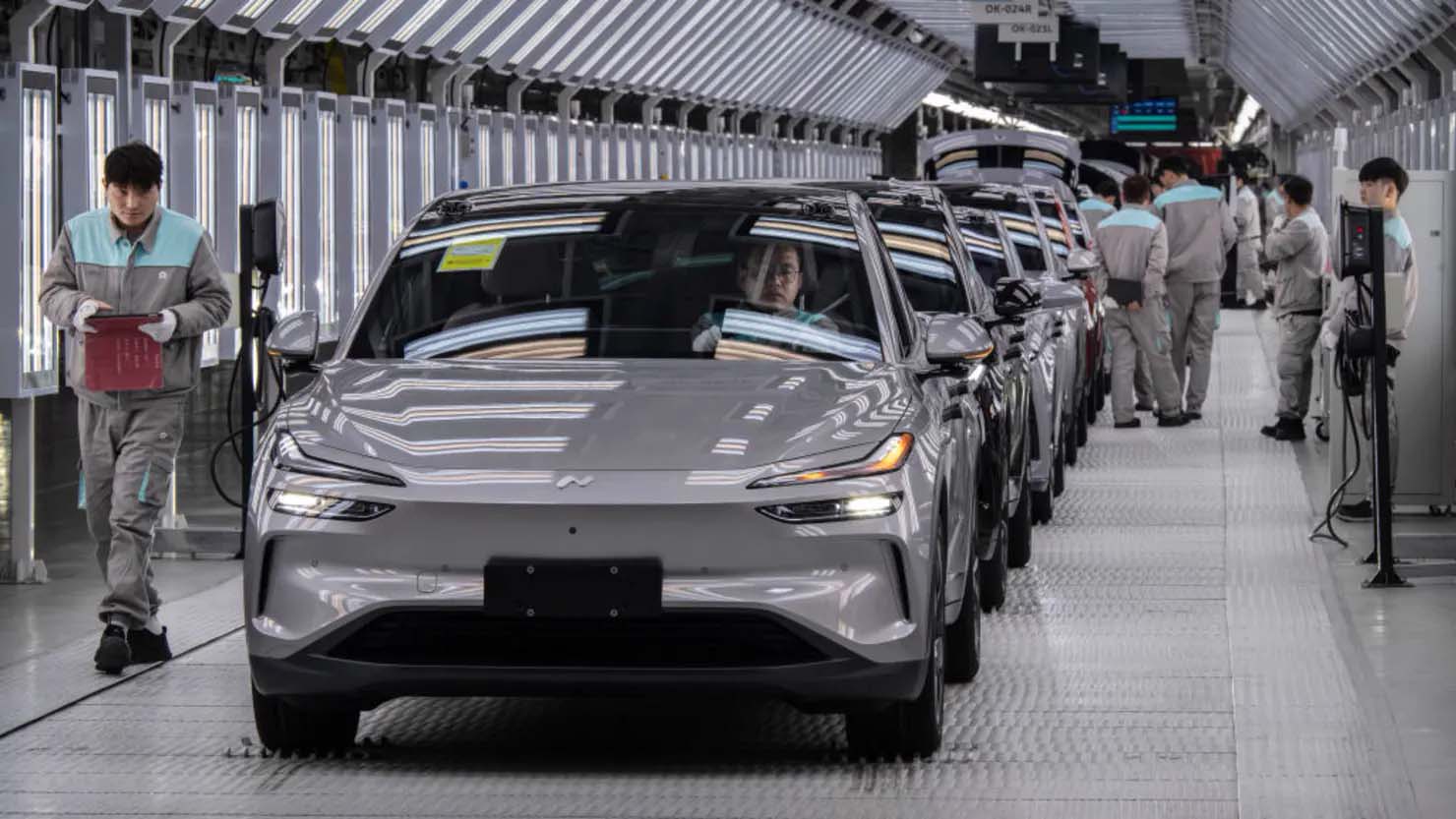A large-scale fire test of the most powerful solid-fuel rocket booster in history took place at the test site. The demonstration launch of the Booster Obsolescence and Life Extension (BOLE) engine lasted just over two minutes and was accompanied by the creation of thrust exceeding 4 million pounds-a figure previously unattainable for segmented solid fuel systems.
The engine, developed as part of a program to upgrade rocket boosters for future manned missions, has become a key element in the transition from outdated components to modern technologies. The new accelerator received a composite carbon fiber body, an improved fuel formula and upgraded structural elements. These changes have increased its performance by more than 10% compared to the current Space Launch System (SLS) accelerators.
The 48-meter accelerator was equipped with more than 700 sensors that collected data on pressure, temperature, vibration and other critical parameters. The main purpose of the test is to confirm the reliability of the design and collect data for future engineering solutions.
Despite the overall success of the test, the final phase of the fire launch showed signs of uneven combustion and a series of short explosions. However, the engine retained its structural integrity, which allowed us to record complete data until the end of the test.
Representatives of the developer noted that such anomalies under extreme loads are not uncommon at the stage of testing fundamentally new technologies. The vice president for traffic systems of the company responsible for the development of the engine, said that the collected data will allow you to quickly adjust engineering solutions, increasing the stability and safety of the structure. He stressed that this test "pushed the boundaries of solid-fuel accelerator design" and confirmed the potential of the technology in future missions.
The company will have to analyze dozens of terabytes of data to determine the cause of unstable combustion. In the coming months, a list of improvements will be formed that will affect the final configuration of the new generation of rocket boosters. Engineers emphasize that the key advantage of the new platform is not only the power, but also the adaptability of the design, which allows it to be integrated into a wide range of carriers for orbital and lunar missions.
The test underscores the importance of continued investment in rocket technology development. In the face of growing competition in the field of manned flights and lunar and Mars exploration programs, the creation of reliable and powerful solid-fuel solutions is becoming a strategic direction for the space industry.











